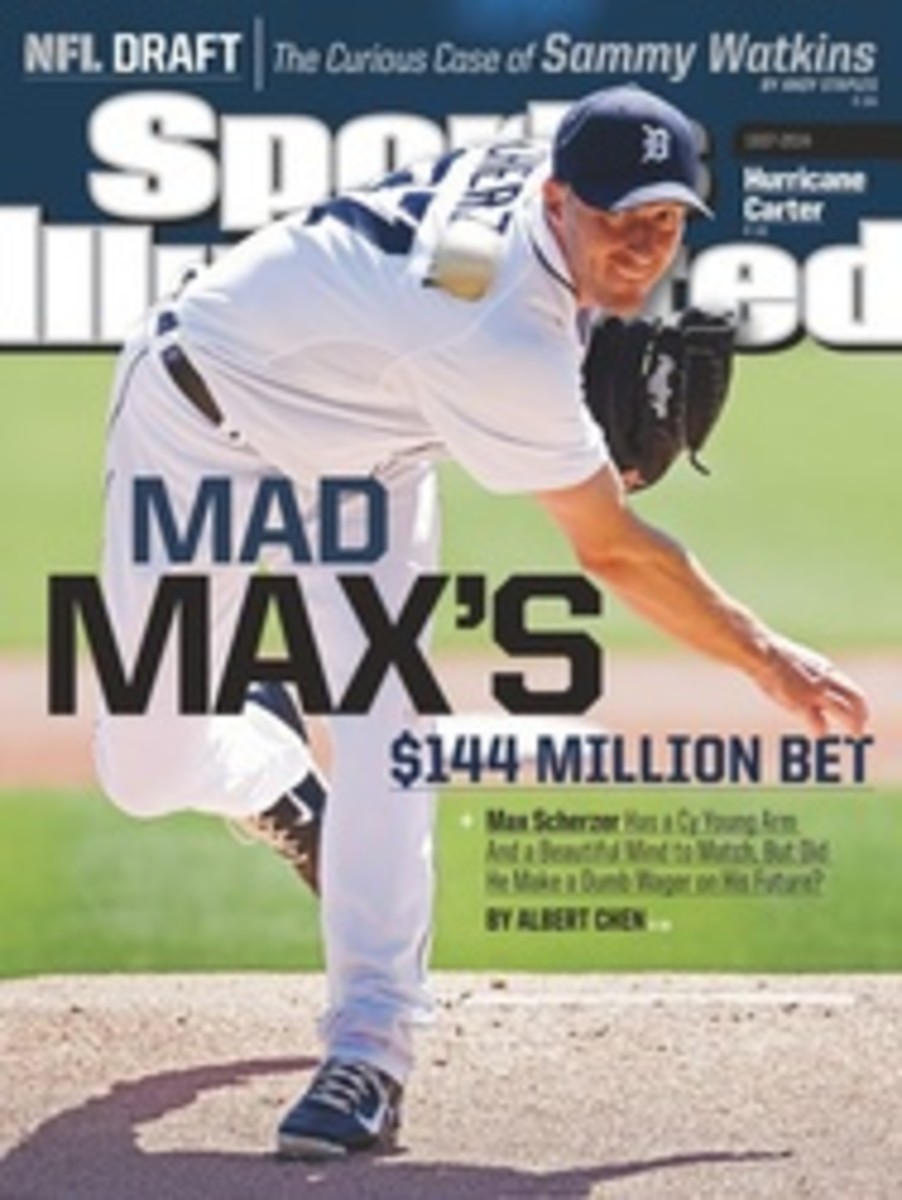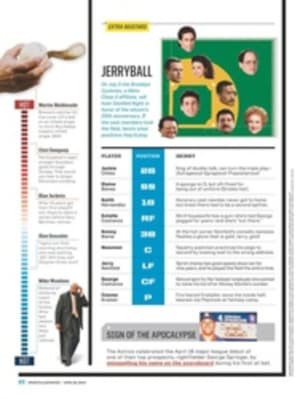
The Case for ... Kawhi Leonard
THROUGH NO fault of his own, Spurs forward Kawhi Leonard tends to bleed into the background of an NBA game. Tony Parker creates and initiates San Antonio's offense. Tim Duncan, with his Hall of Fame clout, draws attention with post-ups and pick-and-rolls. Manu Ginóbili swerves through the defense, probing for even the slightest weakness. Leonard thrives in the spaces between and around them. He'll shoot, handle the ball and make plays as the situation commands, guided by an exceptionally sharp sense of self-moderation. The essence of his game is control.
While the cameras follow the ball as it zips from one Spur to another, Leonard moves in a way that limits how opposing defenses can respond. His cuts to the basket force a scrambling defender to question his own responsibilities. His knockdown shooting from the corners nags at the help principles that guide defensive movement. Whether Leonard actually touches the ball on a given play is largely secondary. His activity and presence make all the difference.
It's on defense that Leonard is truly exceptional. His contributions are not always obvious, but he excels at nudging an opponent over the fine line between a clean shot and a difficult step-back jumper and at getting himself into passing lanes. Leonard controls his individual matchup by denying his opponent optimal scoring opportunities. Often such an approach can only be evaluated by absence. That nothingness—the lack of a shot, the prevention of a pass or the blockade of a driving lane—doesn't pop from the broadcast or register in the box score. Yet it's through such means that Leonard has become one of the finest defensive players in the league and among the most uniquely qualified to guard the nearly unguardable.
Throughout the playoffs, teams will wrestle with how to best defend superstars like LeBron James and Kevin Durant. Few, if any, will turn to an option superior to Leonard. Put the third-year forward in such a matchup and he'll charge through and around every obstacle. There's no shortcut or simple solution to defending players of that caliber. All that can be done is exactly what Leonard does—deny and limit at every step.
Part of what makes Leonard such a special defender, though, is his ability to compete in those impossible matchups while maintaining his responsibilities beyond them. NBA defense cannot be confined to a duel. It is an exercise in totality—a balance of space and movement that demands the awareness of all five players on the floor. San Antonio is better at choreographing that effort than most, though even the mighty Spurs face the same tension between controlling individual matchups and staying committed to the broader team doctrine.
Leonard, 22, allows his team to straddle the line. Even while checking the best in the game, he makes his help rotations instantly and with clarity. He'll buy time for a teammate by briefly picking up that guy's man, then recover as if he had never strayed at all. He'll sink to protect the rim at times, often catching an opposing ballhandler unaware. He picks his spots with a level of sophistication well beyond his basketball years, as if even a few seasons in the Spurs' incubator had aged him and brought him wisdom.
Whatever the particular recipe of instinct and instruction, Leonard has evolved to a point where his influence on the game is that of a star player. He's a quick-thinking, long-armed bother of a defender who can be switched or cross-matched to guard almost any opponent on the floor. He's also a perfect offensive complement to his teammates, given that his size and skills force foes into uncomfortable positions. Leonard is all that the Spurs need him to be. He simply operates in a basketball world that—with its lens dedicated to the most obvious action—tends to shift him out of focus.
Leonard has evolved to a point where his influence on the game is that of a star player.
PHOTO
GREG NELSON FOR SPORTS ILLUSTRATED

